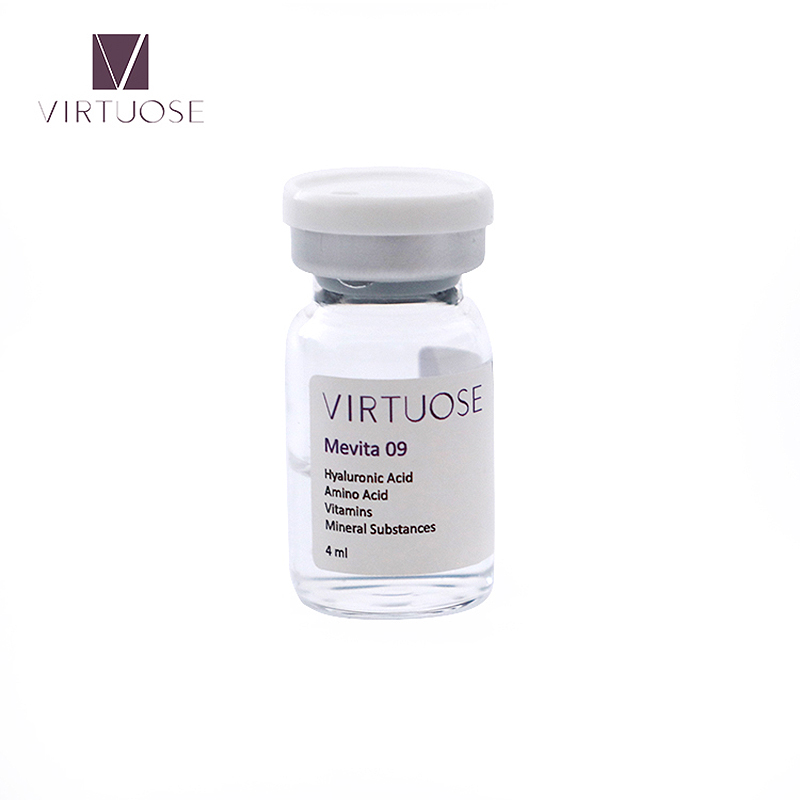By Susan E.W. Spencer
Sports medicine physicians are turning increasingly to treatments using the body’s own growth factors to speed up healing of injured joints or tendons, according to sports medicine expert Lee Mancini, MD, who said the evidence backing treatments known as regenerative medicine, such as platelet-rich plasma (PRP) injection, is strong, particularly for osteoarthritis of the knee and tendon and ligament damage in areas such as the elbow and knee. Prp Usa

Dr. Mancini, associate professor of family medicine & community health, said that because of growing use of PRP and other regenerative medicine modalities, the American Medical Society for Sports Medicine published last year in Clinical Journal of Sports Medicine a position statement to help physicians evaluate regenerative medicine treatments.
The position statement outlines terminology, and reviews basic science and clinical studies related to use of regenerative medicine in musculoskeletal fields as well as regulatory considerations and best practices for introducing regenerative medicine into clinical practice.
PRP injection is one of the most widely used regenerative medicine treatments, according to the position statement.
“It’s like a concentrated healing injection, when you’ve injected the patient’s own growth factors going directly to the site of injury,” said Mancini.
PRP has been studied for years and, according to Mancini, there is good evidence demonstrating its effectiveness in speeding recovery time and reducing pain, with no major side effect.
In PRP, blood is drawn from the patient and spun in a centrifuge that separates the layers of red blood cells, white blood cells, plasma and platelets. The top layer, mainly liquid plasma, is drawn off along with platelets. “This is where all the growth factors are,” he said.
But because PRP is a relatively new technology, there isn’t a lot of standardization. Some people spin the blood twice, which draws away more of the pro-inflammatory white blood cells and produces what’s called leukocyte-poor PRP.
“Some studies were done with leukocyte-rich PRP and some were leukocyte poor. It’s not exactly comparing the same thing,” said Mancini. Each technique has been shown to be more effective in different areas, according to research analyzed in the position statement.
In addition to use of PRP in osteoarthritis of the knee and lateral and medial epicondylitis, also called tennis and golfer’s elbow, Mancini’s practice has used PRP for hamstring injuries, plantar fascia conditions and injuries in the ankle, hip or shoulder joint.
He said studies have shown patients can still get continued benefit from PRP even a year after treatment because the body continues to heal and regenerate, unlike short-term cortisone shots.
Mancini said his division is gearing up to collect patient-reported outcome measures to assess patients’ pain, functioning and quality of life before and after they get PRP injections.
Science for Living features the perspectives of UMass Chan Medical School experts on the research behind health news headlines. If you have ideas for topics you’d like to see explored, please send them to susan.spencer1@umassmed.edu.
Sign up for weekly news emails
This is an official page of UMass Chan Medical School
Office of Communications • UMass Chan Medical School • 55 Lake Avenue North • Worcester, MA 01655

Prp Prf Questions or Comments? E-mail: UMassChanCommunications@umassmed.edu Phone: 508-856-2000 • 508-856-3797 (fax)
